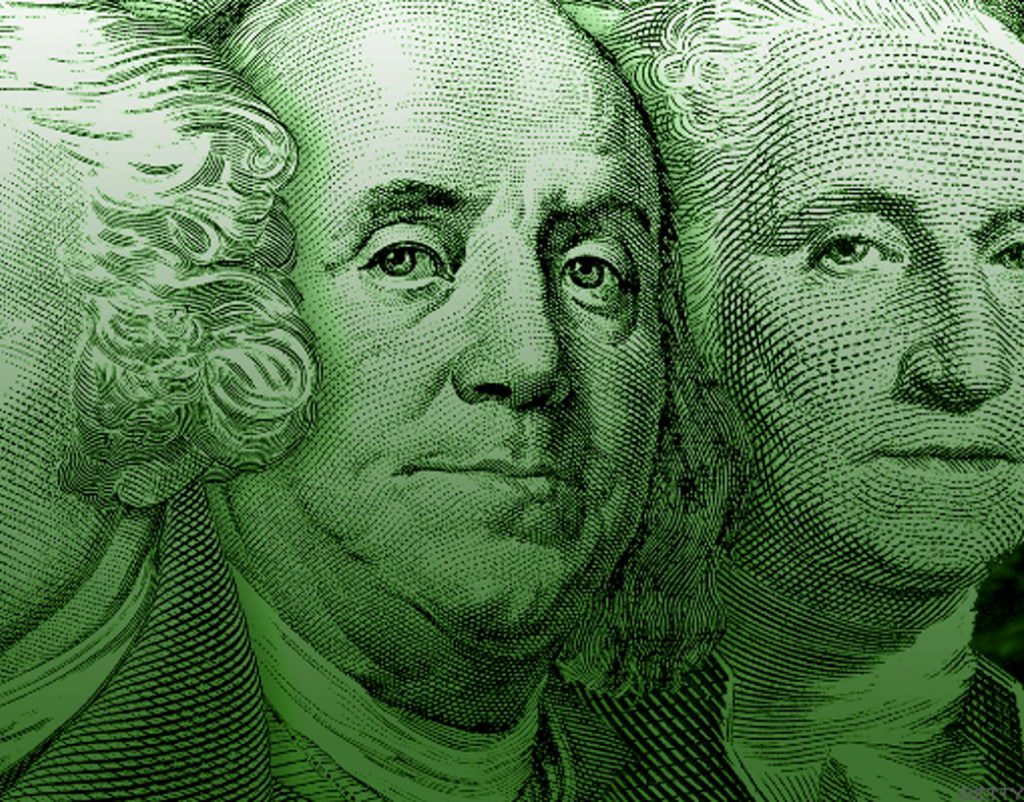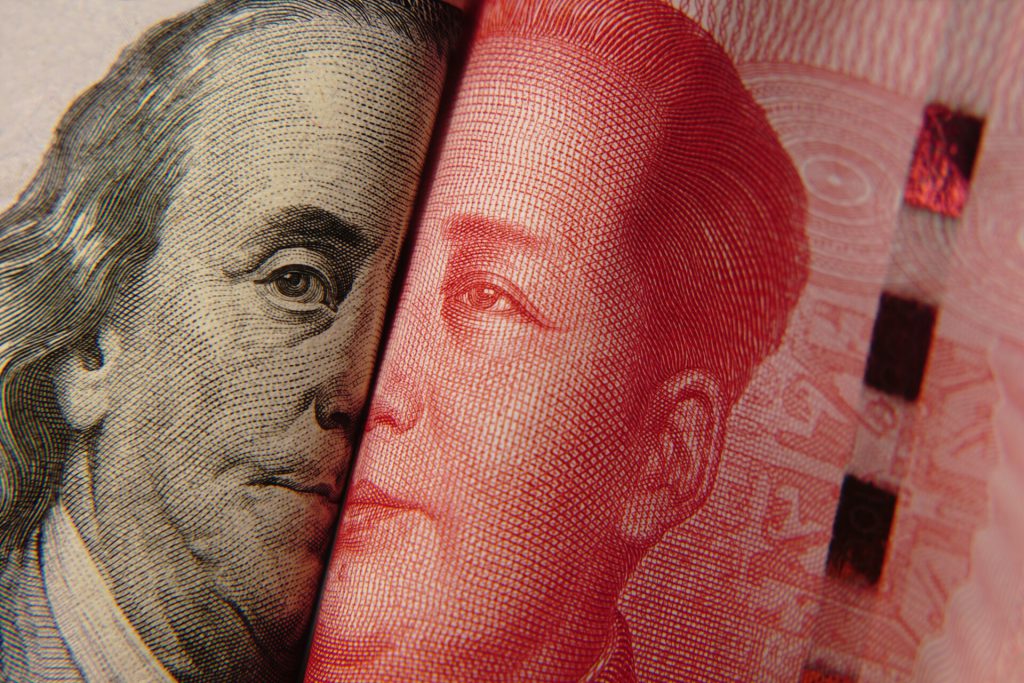The BRICS alliance is looking to launch a new currency to settle global trade ending reliance on the U.S. dollar. The yet-to-be-released currency will be traded among member nations to settle cross-border transactions. A handful of countries have expressed interest to join the bloc and many more nations could accept the currency, reported Bloomberg. The development would put the U.S. dollar under pressure and challenge its status as the global reserve currency.
While the U.S. dollar is de facto the supreme currency at the moment, its position is being threatened by BRICS. In this article, we will highlight what could happen to the U.S. dollar if BRICS launch their new currency.
Also Read: Europe Might Get Ready To Accept BRICS Currency
What Happens to the U.S. Dollar if BRICS Launch New Currency?


The U.S. dollar currently holds the status of the world’s primary reserve currency. Any challenge to this status requires the new currency to offer stability and acceptance with central banks and global institutions.
If the BRICS currency gains strength, the supply and demand for the U.S. dollar falls globally. A decrease in demand for the dollar leads to the currency being depreciated, as it loses supply and demand dynamics.
Also Read: BRICS: 16 Asian Countries Move to Ditch the U.S. Dollar
If BRICS’ new tender were to gain significant traction and acceptance, it could contest the U.S. dollar’s status as the global reserve. Trust in the U.S. dollar could take a hit as the financial world is influenced by market confidence and perception.


If the BRICS currency establishes widespread trust and confidence, it could potentially lead to a shift in international market dynamics.
Also Read: Saudi Arabia To Challenge U.S. Dollar’s Supremacy by Funding BRICS Alliance
In addition, BRICS countries represent significant economic powerhouses and crossed G7 countries’ GDP in purchasing power parity (PPP). A new currency could enhance its influence in the global markets and impact economic policies made by Western nations.
In conclusion, the U.S. dollar could lose in the demand and supply dynamics if the new BRICS currency gains acceptance. Nonetheless, the currency from BRICS is yet-to-be-released and should test its mettle in the harsh financial markets. Until then, the U.S. dollar remains the primary force and plays a crucial role in the global sector.





